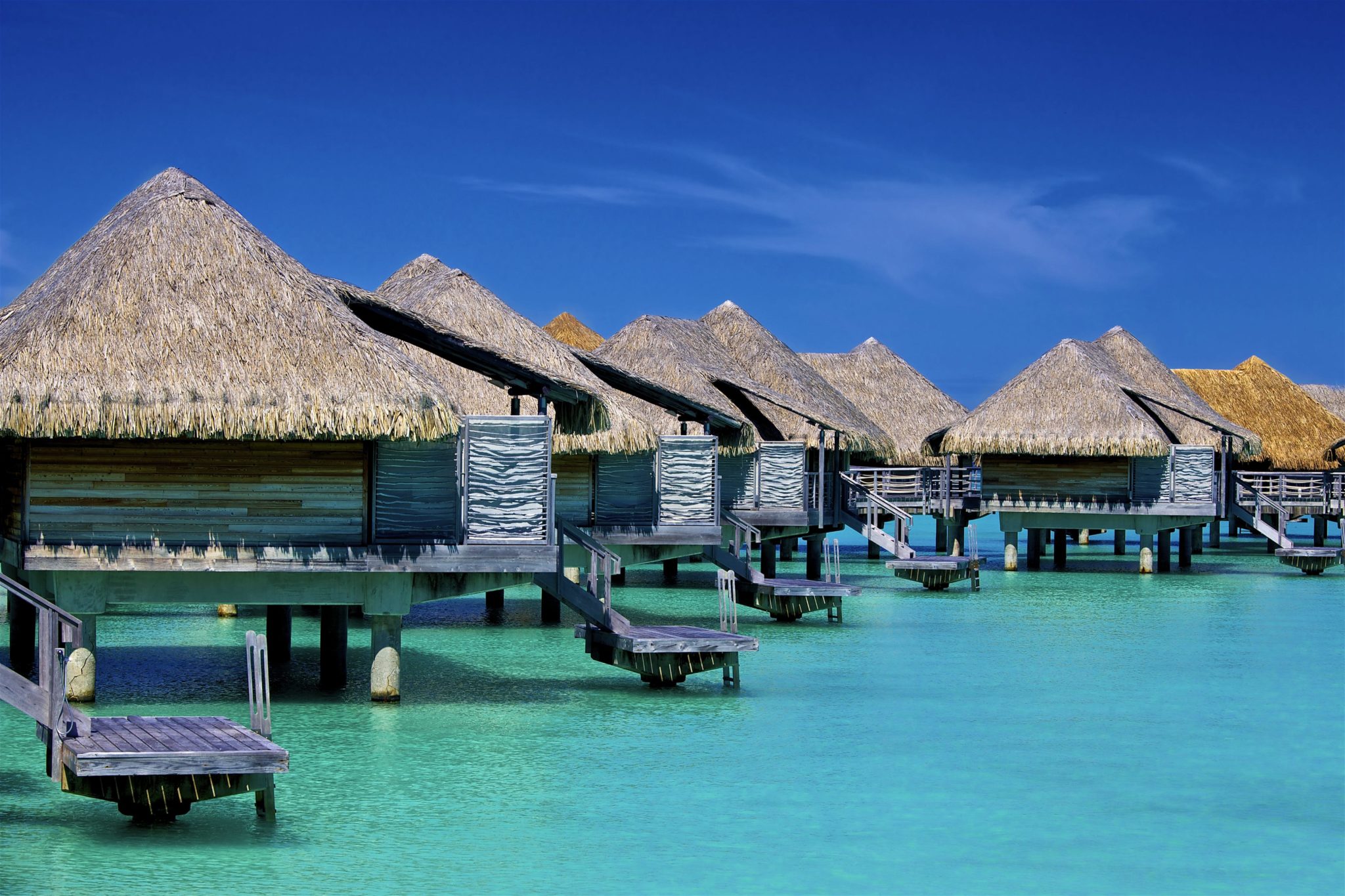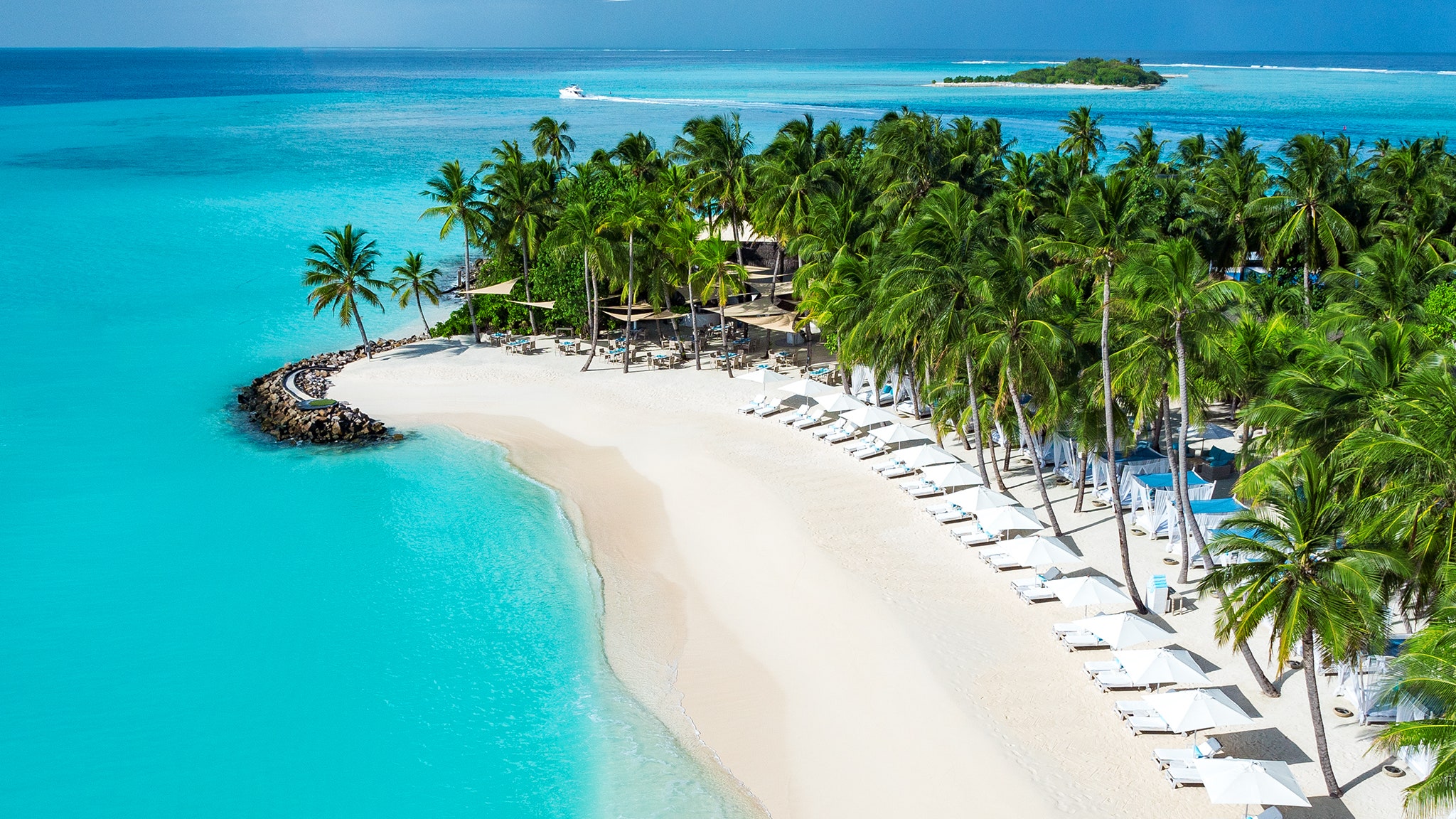Top vacation destinations in the world are constantly evolving, shaped by global trends and individual preferences. This year’s hottest spots offer a diverse range of experiences, from sun-drenched beaches and thrilling adventure activities to culturally rich historical sites. Understanding what draws millions to these locations each year requires examining economic impact, environmental considerations, and the ever-shifting desires of the modern traveler.
This report delves into the factors driving the popularity of the world’s most sought-after vacation destinations, analyzing their economic contributions, unique characteristics, and the sustainable tourism practices being implemented to ensure their longevity. We explore diverse travel experiences, from relaxing beach getaways to adrenaline-pumping adventures and enriching cultural immersions, offering a comprehensive guide for discerning travelers.
Global Popularity of Vacation Destinations
The global tourism industry is a dynamic and ever-evolving sector, with certain destinations consistently attracting millions of visitors annually. Understanding the factors driving this popularity is crucial for both tourism stakeholders and travelers alike. This analysis examines the top ten most popular destinations, exploring the contributing factors to their success and the significant economic impact of tourism on their respective economies.
Top Ten Most Popular Vacation Destinations
The following table presents the top ten most popular vacation destinations worldwide, based on approximate annual tourist arrivals. These figures are estimates and can vary depending on the source and year. It’s important to note that data collection methods differ across countries, leading to potential inconsistencies.
| Rank | Destination | Country | Approximate Annual Tourist Arrivals (Millions) |
|---|---|---|---|
| 1 | Paris | France | ~30 |
| 2 | London | United Kingdom | ~30 |
| 3 | Bangkok | Thailand | ~20 |
| 4 | New York City | United States | ~15 |
| 5 | Dubai | United Arab Emirates | ~15 |
| 6 | Rome | Italy | ~12 |
| 7 | Istanbul | Turkey | ~12 |
| 8 | Singapore | Singapore | ~10 |
| 9 | Antalya | Turkey | ~10 |
| 10 | Kuala Lumpur | Malaysia | ~10 |
Factors Contributing to Destination Popularity
Each destination’s popularity stems from a unique combination of factors. For example, Paris’s allure is built upon its rich history, iconic landmarks like the Eiffel Tower and Louvre Museum, and its reputation as a global center for fashion, art, and culture. London boasts a vibrant cultural scene, world-class museums, and a sophisticated infrastructure. Bangkok’s appeal is rooted in its exotic culture, bustling markets, and stunning temples.
New York City offers a dynamic blend of iconic skyscrapers, world-class entertainment, and diverse culinary experiences. Dubai’s popularity is fueled by its luxurious amenities, modern architecture, and impressive shopping malls. Rome’s ancient ruins, art, and historical significance attract visitors worldwide. Istanbul’s unique blend of East and West, its historical sites, and its strategic location draw large numbers of tourists.
Singapore is known for its cleanliness, safety, and efficient public transportation, along with its diverse culinary scene. Antalya’s stunning beaches and Mediterranean climate are major draws, and Kuala Lumpur offers a vibrant mix of culture, history, and modern skyscrapers.
Remember to click solo travel groups to understand more comprehensive aspects of the solo travel groups topic.
Economic Impact of Tourism
Tourism generates substantial revenue for these destinations. For instance, in Paris, tourism contributes significantly to the city’s GDP, supporting numerous businesses ranging from hotels and restaurants to museums and transportation services. Similarly, London’s tourism sector employs hundreds of thousands of people and generates billions in revenue annually. The economic impact extends beyond direct revenue generation; it also fosters infrastructure development, stimulates innovation, and promotes cultural exchange.
For developing nations like Thailand, tourism plays a crucial role in economic growth and poverty reduction. The influx of tourists creates jobs, increases tax revenue, and stimulates investment in infrastructure and other sectors. The economic benefits of tourism are substantial, but it’s crucial to manage it sustainably to minimize negative impacts on the environment and local communities.
Categorizing Vacation Destinations by Type: Top Vacation Destinations In The World

Travel destinations offer a diverse range of experiences, catering to a wide spectrum of traveler preferences. Understanding these differences and categorizing destinations accordingly helps travelers choose the perfect fit for their ideal vacation. This categorization simplifies the selection process and ensures a more fulfilling travel experience.
Beach Destinations
Beach destinations are characterized by their proximity to coastlines, offering sun-drenched shores, warm waters, and a variety of water-based activities. These locations often prioritize relaxation and rejuvenation, but can also offer vibrant nightlife and cultural experiences.
- The Maldives: Known for its luxurious overwater bungalows and pristine beaches, offering unparalleled tranquility and stunning natural beauty.
- Bali, Indonesia: A diverse island offering a blend of stunning beaches, lush rice paddies, and vibrant cultural attractions, appealing to a broad range of travelers.
- The Caribbean (various islands): A collection of islands boasting diverse landscapes, from white-sand beaches to volcanic peaks, each with its own unique character and charm. Popular choices include Barbados, Jamaica, and the Bahamas.
Adventure Destinations
Adventure destinations are defined by their emphasis on outdoor activities and thrilling experiences. These locations often feature rugged landscapes, challenging terrains, and opportunities for exploration and physical exertion.
- Nepal: Home to the Himalayas, Nepal offers world-class trekking, mountaineering, and breathtaking views, attracting adventurous travelers from around the globe.
- Costa Rica: Boasting abundant biodiversity and stunning rainforests, Costa Rica provides opportunities for zip-lining, white-water rafting, and wildlife spotting.
- New Zealand: Known for its dramatic landscapes, including fjords, mountains, and glaciers, New Zealand offers a range of adventure activities, from bungee jumping to hiking.
Cultural Destinations
Cultural destinations emphasize historical sites, artistic expressions, and local traditions. These locations offer opportunities to immerse oneself in different cultures, learn about local customs, and experience unique historical contexts.
- Kyoto, Japan: A city rich in history and tradition, Kyoto boasts numerous temples, shrines, and gardens, showcasing centuries of Japanese culture and artistry.
- Rome, Italy: A historical powerhouse, Rome is home to iconic landmarks like the Colosseum and the Roman Forum, offering a glimpse into the heart of the Roman Empire.
- Machu Picchu, Peru: An ancient Inca citadel nestled high in the Andes Mountains, Machu Picchu is a testament to the ingenuity and sophistication of the Inca civilization.
Sustainability and Responsible Tourism

The burgeoning global tourism industry presents a complex paradox: its economic benefits are undeniable, yet its environmental impact is increasingly concerning. Sustainable tourism practices are no longer a niche interest but a crucial necessity for preserving the planet’s beauty and resources for future generations. This section examines the environmental consequences of tourism in three popular destinations, highlighting both the detrimental effects and the positive steps being taken to mitigate them.
Environmental Impact of Tourism on Popular Destinations, Top vacation destinations in the world
Tourism’s environmental footprint varies significantly depending on the destination’s characteristics and the type of tourism it attracts. Three examples illustrate the diverse impacts: the Maldives, renowned for its pristine beaches and coral reefs; Costa Rica, a biodiversity hotspot attracting ecotourism; and Venice, a historic city grappling with overtourism. In the Maldives, the delicate coral reef ecosystems are threatened by pollution from boats and hotels, as well as rising sea levels exacerbated by climate change.
Costa Rica, while a leader in ecotourism, faces pressures from deforestation due to infrastructure development to accommodate increasing visitor numbers. Venice, meanwhile, struggles with the sheer volume of tourists causing overcrowding, erosion, and damage to its historic buildings and canals. Conversely, responsible tourism in these locations can contribute positively through conservation efforts, community engagement, and economic support for local conservation initiatives.
Strategies and Initiatives Promoting Sustainable Tourism
Many destinations are actively implementing strategies to promote responsible tourism. The Maldives, for instance, is investing in renewable energy sources for hotels and resorts, and promoting sustainable waste management practices. Certification programs for eco-friendly accommodations are becoming increasingly common, ensuring tourists can make informed choices. Costa Rica’s commitment to ecotourism is evident in its extensive network of national parks and protected areas, coupled with stringent environmental regulations for tourism businesses.
Community-based tourism initiatives empower local communities to manage and benefit from tourism, fostering a sense of ownership and responsibility. Venice is implementing measures to control visitor numbers, promoting off-season travel, and investing in infrastructure improvements to manage the flow of tourists and reduce their impact.
Examples of Eco-Friendly Accommodations and Activities
Several examples showcase the growing availability of eco-friendly options. In the Maldives, some resorts utilize solar power and implement water conservation measures, while offering snorkeling and diving excursions that prioritize coral reef protection. Costa Rica boasts numerous eco-lodges built with sustainable materials and designed to minimize their environmental footprint. These lodges often incorporate nature trails and guided tours that educate visitors about the local flora and fauna.
In Venice, walking tours focusing on the city’s history and culture are a sustainable alternative to gondola rides, reducing the pressure on the canals. Choosing accommodations and activities that prioritize sustainability allows travelers to minimize their impact while supporting businesses committed to environmental responsibility.
From the bustling markets of Marrakech to the serene beaches of Bali, the world offers a plethora of unforgettable vacation experiences. Choosing the perfect destination depends on individual preferences and priorities, but understanding the factors driving their popularity – economic impact, sustainability initiatives, and the unique cultural and natural landscapes – helps travelers make informed decisions. As travel trends continue to evolve, one thing remains certain: the allure of exploration and discovery will continue to draw millions to these incredible destinations each year.


